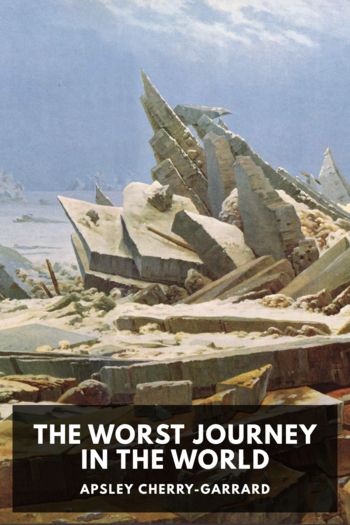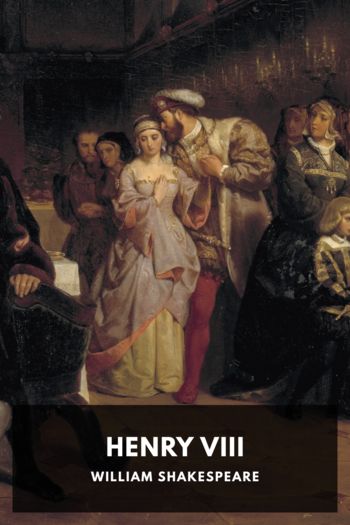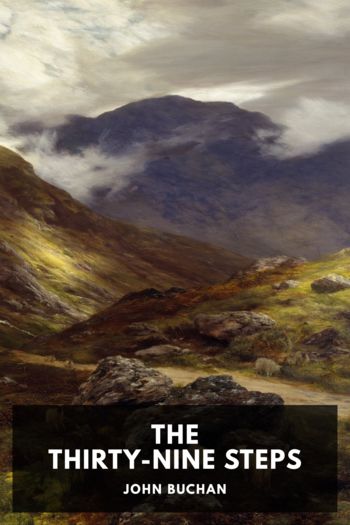The Worst Journey in the World by Apsley Cherry-Garrard (book recommendations for teens txt) 📕

Description
In 1910 famous explorer Robert Falcon Scott led the Terra Nova Expedition to the South Pole. The expedition was part scientific and part adventure: Scott wanted to be the first to reach the pole.
The expedition was beset by hardship from the beginning, and after realizing that they had been beaten to the pole by Roald Amundsen’s Norwegian Expedition, the party suffered a final tragedy: the loss of Scott and his companions to the Antarctic cold on their return journey to base camp.
The Worst Journey in the World is an autobiographical account of one of the survivors of the expedition, Apsley Cherry-Garrard. It’s a unique combination of fascinating scientific documentary, adventure novel, and with the inclusion of Scott’s final journal entries, horror story. Journey is peppered throughout with journal entries, illustrations, and pictures from Cherry-Garrard’s companions, making it a fascinating window into the majesty and danger of the Antarctic.
Read free book «The Worst Journey in the World by Apsley Cherry-Garrard (book recommendations for teens txt) 📕» - read online or download for free at americanlibrarybooks.com
- Author: Apsley Cherry-Garrard
Read book online «The Worst Journey in the World by Apsley Cherry-Garrard (book recommendations for teens txt) 📕». Author - Apsley Cherry-Garrard
(End of Bowers’ Account.)
The Return of the Dog PartyThe history of the dog-teams was eventful. We travelled fast, doing nearly 78 miles in the first three days, by which time we were approaching Corner Camp. The dogs were thin and hungry and we were pushing them each day just so long as they could pull, running ourselves for the most part. Scott determined to cut the corner, that is to miss Corner Camp and cut diagonally across our outward track. It was not expected that this would bring us across any badly crevassed area.
We started on the evening of February 20 in a very bad light. It was coldish, with no wind. After going about three miles I saw a drop in the level of the Barrier which the sledge was just going to run over. I shouted to Wilson to look out, but he had already jumped on to the sledge (for he was running) having seen Stareek put his paws through. It was a nasty crevasse, about twenty feet across with blue holes on both sides. The sledge ran over and immediately on the opposite side was brought up by a large “haystack” of pressure which we had not seen owing to the light. Meares’ team, on our left, never saw any sign of pressure. The light was so bad that we never saw this cairn of ice until we ran into it.
We ran level for another two miles, Meares and Scott on our left. We were evidently crossing many crevasses. Quite suddenly we saw the dogs of their team disappearing, following one another, just like dogs going down a hole after some animal.
“In a moment,” wrote Scott, “the whole team were sinking—two by two we lost sight of them, each pair struggling for foothold. Osman the leader exerted all his strength and kept a foothold—it was wonderful to see him. The sledge stopped and we leapt aside. The situation was clear in another moment. We had been actually travelling along the bridge [or snow covering] of a crevasse, the sledge had stopped on it, whilst the dogs hung in their harness in the abyss, suspended between the sledge and the leading dog. Why the sledge and ourselves didn’t follow the dogs we shall never know.”
We of the other sledge stopped hurriedly, tethered our team and went to their assistance with the Alpine rope. Osman, the big leader, was in great difficulties. He crouched resisting with all his enormous strength the pull of the rope upon which the team hung in their harness in mid air. It was clear that if Osman gave way the sledge and dogs would probably all be lost down the crevasse.
First we pulled the sledge off the crevasse, and drove the tethering peg and driving stick through the cross pieces to hold it firm. Scott and Meares then tried to pull up the rope from Osman’s end, while we hung on to the sledge to prevent it slipping down the crevasse. They could not move it an inch. We then put the strain as much as possible on to a peg. Meanwhile two dogs had fallen out of their harness into the crevasse and could be seen lying on a snow-ledge some 65 feet down. Later they curled up and went to sleep. Another dog as he hung managed to get some purchase for his feet on the side of the crevasse, and a free fight took place among several more of them, as they dangled, those that hung highest using the backs of those under them to get a purchase.
“It takes one a little time,” wrote Scott, “to make plans under such sudden circumstances, and for some minutes our efforts were rather futile. We could not get an inch on the main trace of the sledge or on the leading rope, which was binding Osman to the snow with a throttling pressure. Then thought became clearer. We unloaded our sledge, putting in safety our sleeping-bags with the tent and cooker. Choking sounds from Osman made it clear that the pressure on him must soon be relieved. I seized the lashing off Meares’ sleeping-bag, passed the tent poles across the crevasse, and with Meares managed to get a few inches on the leading line; this freed Osman, whose harness was immediately cut.
“Then securing the Alpine rope to the main trace we tried to haul up together. One dog came up and was unlashed, but by this time the rope had cut so far back at the edge that it was useless to attempt to get more of it. But we could now unbend the sledge, and do that for which we should have aimed from the first, namely, run the sledge across the gap and work from it. We managed to do this, our fingers constantly numbed. Wilson held on to the anchored trace whilst the rest of us laboured at the leader end. The leading rope was very small and I was fearful of its breaking, so Meares was lowered down a foot or two to secure the Alpine rope to the leading end of the trace; this done, the work of rescue proceeded in better order. Two by two we hauled the animals up to the sledge and one by one cut them out of their harness. Strangely the last dogs were the most difficult, as they were close under the lip of the gap, bound in by the snow-covered rope. Finally, with a gasp we got the last poor creature on to firm snow. We had





Comments (0)